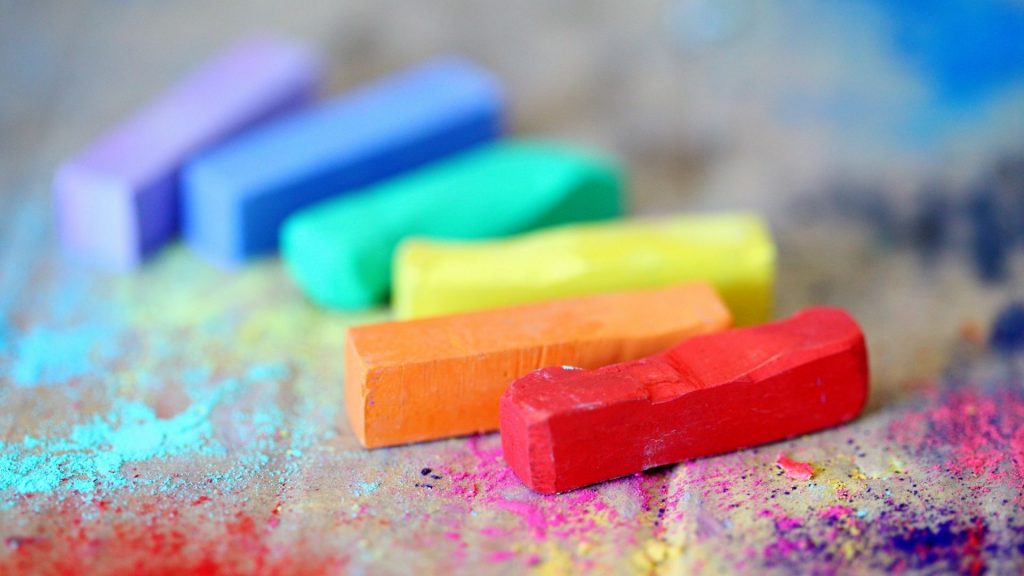The two types of our illusion of an enduring self

The use of social media has been part of our lives. It is common for us to see our friends in social media posting their selfies, socialising activities, achievements or anything about oneself to obtain “likes” or positive comments. For a normal user of social media, posting some updates related to one’s positive identity sometimes is not problematic. It may be beneficial for a user to create a positive self-image in social media for connecting with their friends in a positive way and for obtaining some positive feedback from others. It may boost one’s positive self-image. In fact, most users understand that they are not particularly superior to others and can perceive oneself in a realistic way. However, it may be alarming when a user posts excessively about oneself and appears to perceive himself or herself as more superior than others when receiving lots of “likes” or positive comments in social media. In Buddhist psychology, it may be due to one’s grasping of an enduring self that is superior to others.
In another side of the story, there may be a user of social media who seldom make posting about one’s achievement or positive aspects of oneself. It may not because of the person’s lack of time to do so or disapproval of functionality of social media. Some of this type of user may be having a sense of inferiority and think others may not approve them for their positive qualities. Not uncommon is that, many of these users with sense of inferiority are actually someone with recognizable achievement. They may be a very capable professional, a much compassionate volunteer worker, or a highly talented artist. However, underlying their achievement, they perceive themselves as inferior than others and may suffer from different issues, such as social anxiety, performance anxiety, or persistent self-doubts. This is also an example of grasping one’s illusion of an enduring self, but this time, is an inferior one.
The grasping of an illusion of an enduring self lead to behavioural patterns that support the “self”. For instance, a person with an enduring sense of inferiority may have lots of self-doubts on one’s capability at work. This may increase his or her anxiety and affect one’s flexibility in thinking when engaging in problem solving. As a result, he or she is being criticized by boss for unable to manage a project well. This supports his or her illusion of an enduring inferior self. In fact, in our existence, it is inevitable to face loss, pain or other difficulties that we find overwhelming. These losses or difficulties may challenge our needs for things to be certain and permanent. It is this impermanence that leads to our tendency to grasp our illusion of enduring nature of ourselves or other things, so that we can escape from the reality that things are impermanent. For example, one may feel confused when seeing oneself to be unkind to a person in a particular situation, because one thinks that he or she is a kind person. In this case, this individual fails to see that human beings actually behave differently depending on the context of the situations.
If we want to let go of our illusion of either our superior self or inferior self, we need to recognize the fact that our “self” is impermanent and dependent on conditions of our environment. In different events or circumstances, we have a different manifestation of “self”. In fact, every human being has positive and negative aspects, strengths and weaknesses. In this sense, no one is more superior or inferior to others. By embracing this, we can learn to step beyond the prison of an illusion of an enduring self and drop our rigidity of seeing ourselves in a particularly fixed way. If we could let go of our “self” and live in the present moment without caring about our “self” too much, we may be able to perceive the reality and ourselves in a clearer way. In this way, we get back our freedom of living our lives more fully by creating more possibilities for ourselves.



